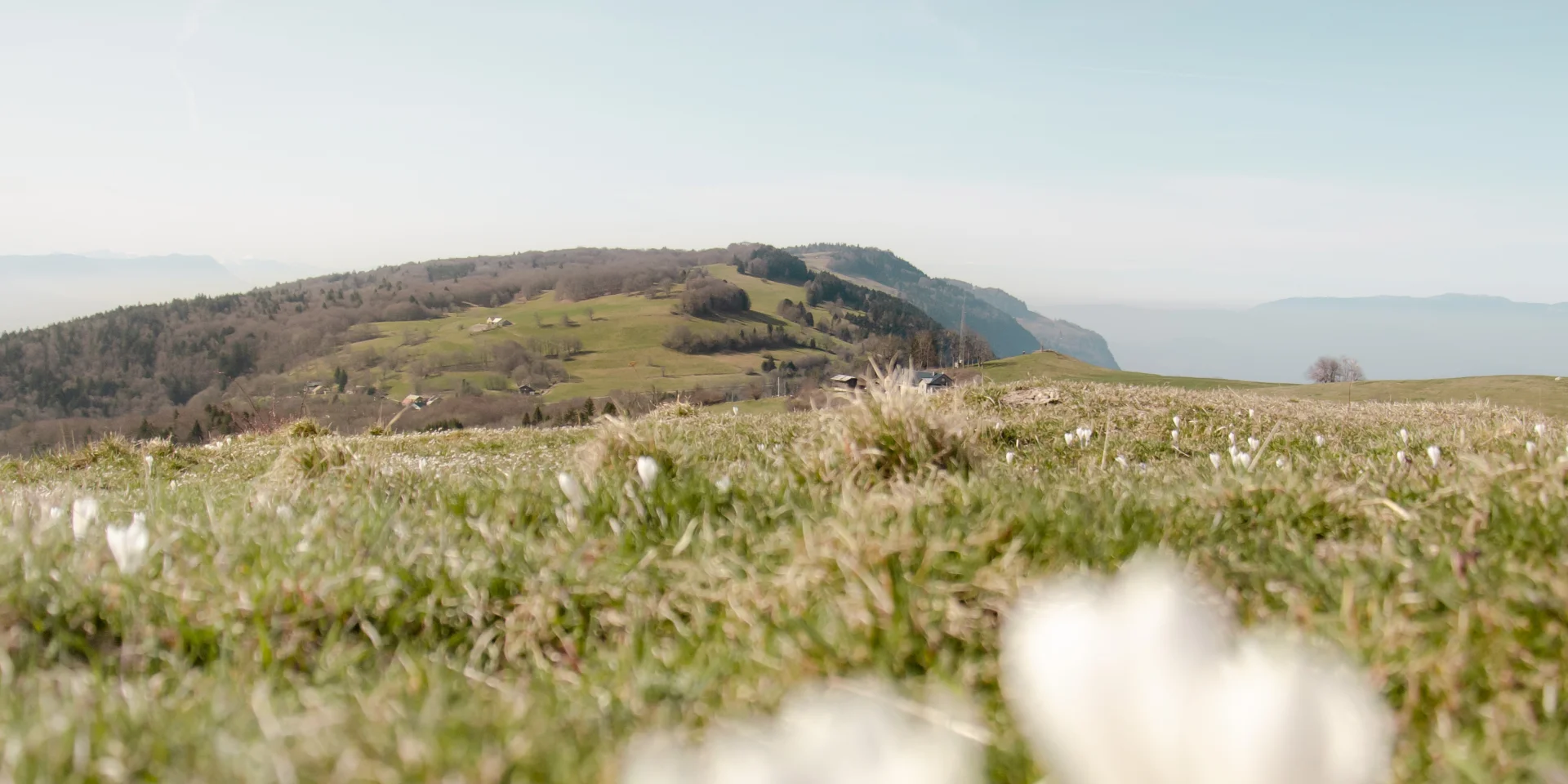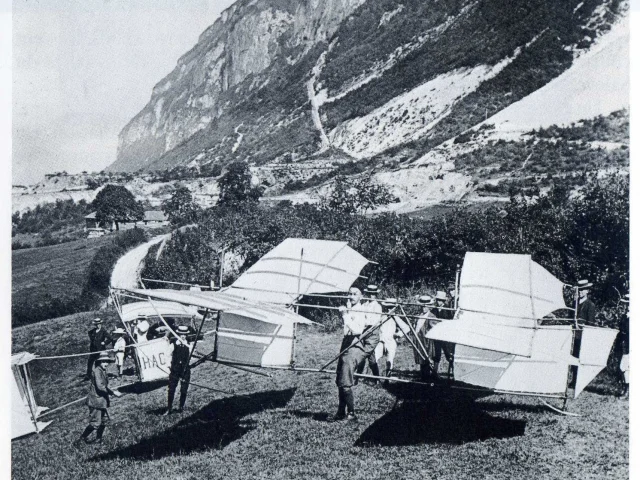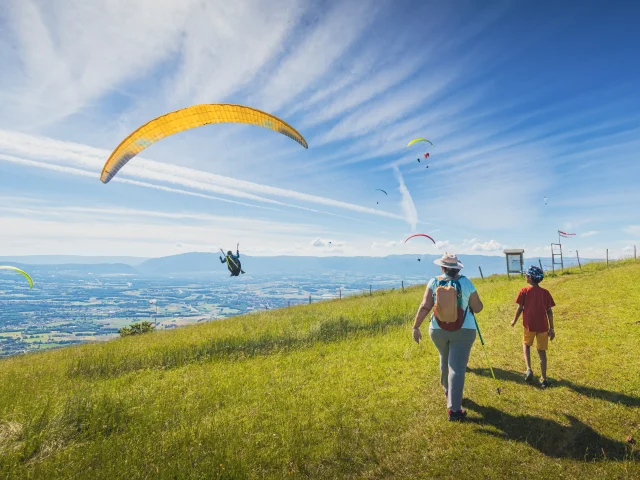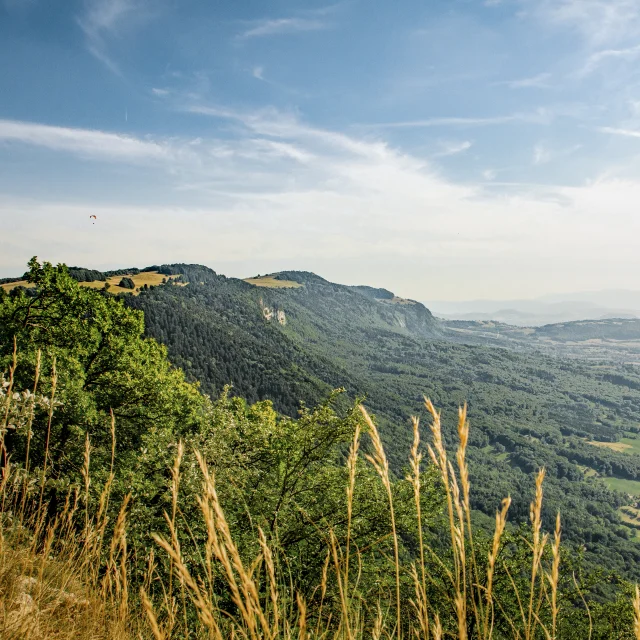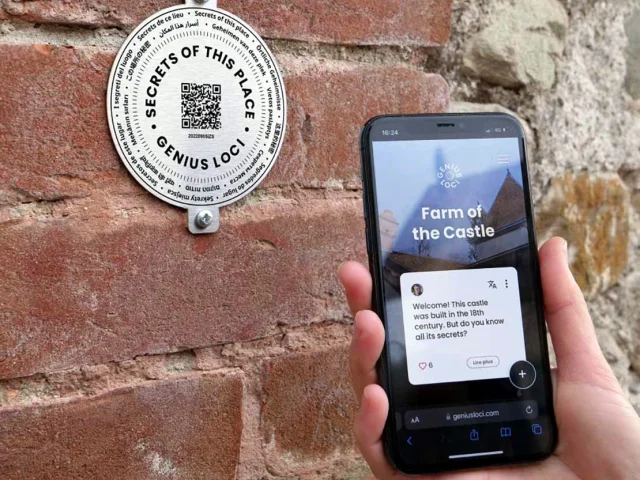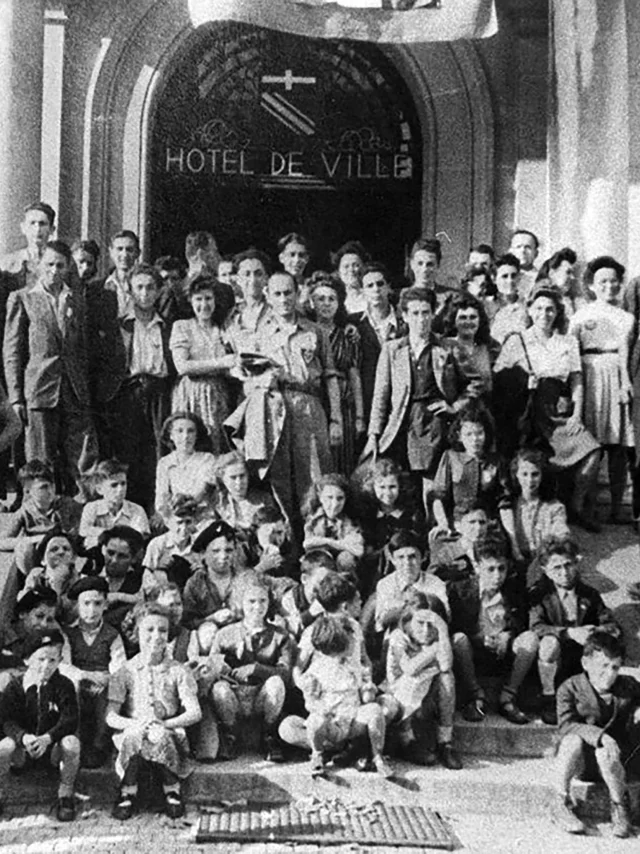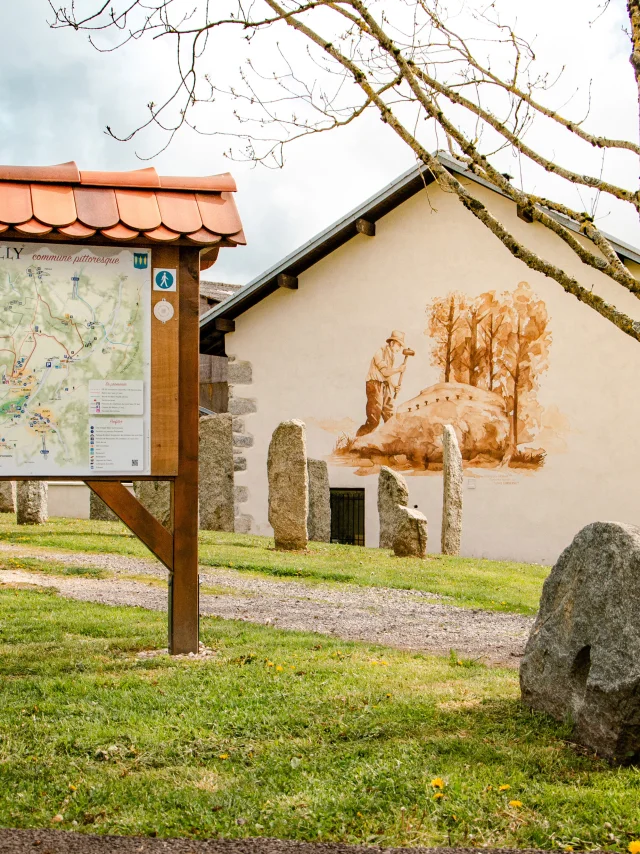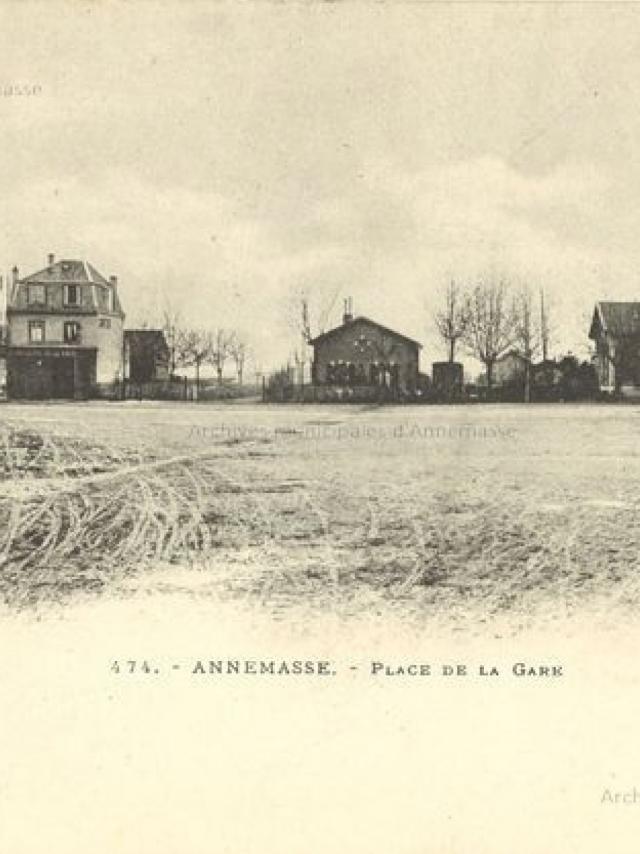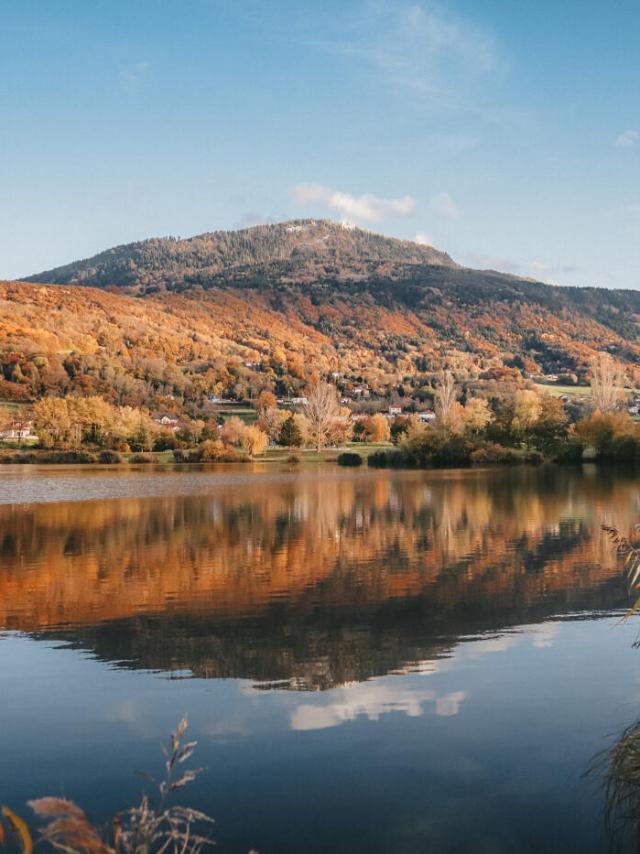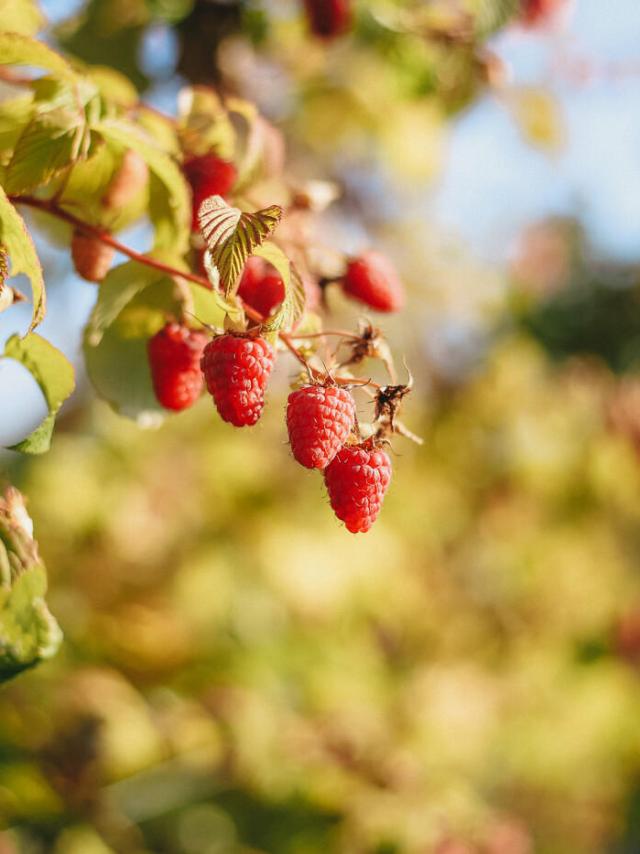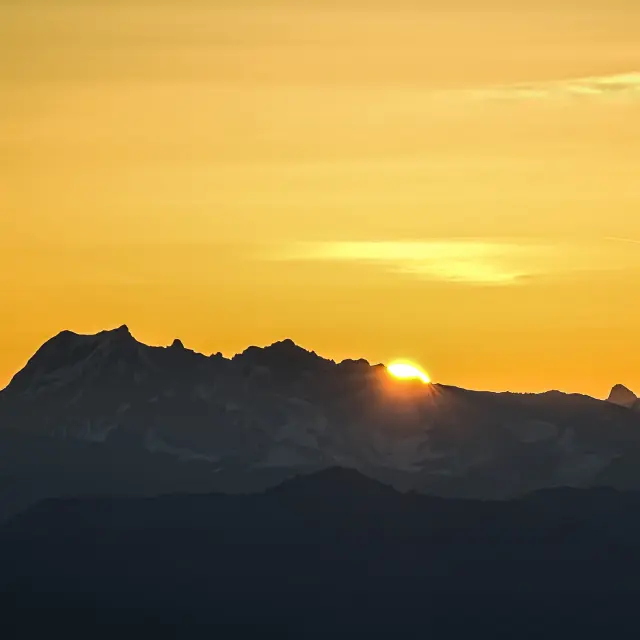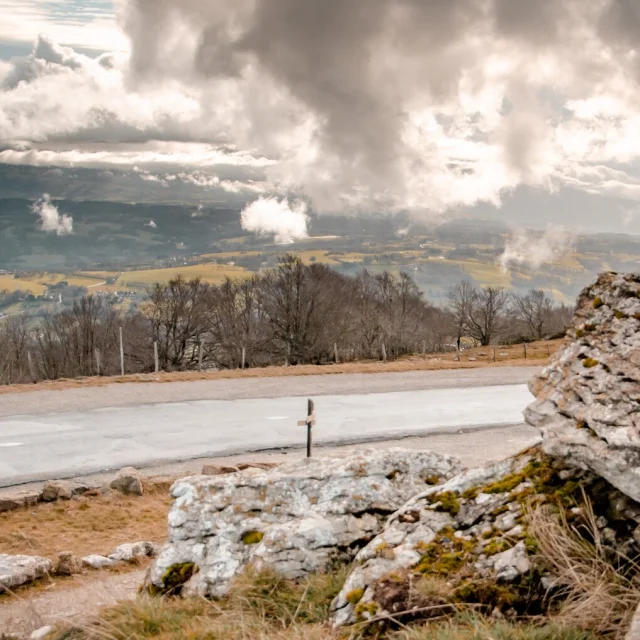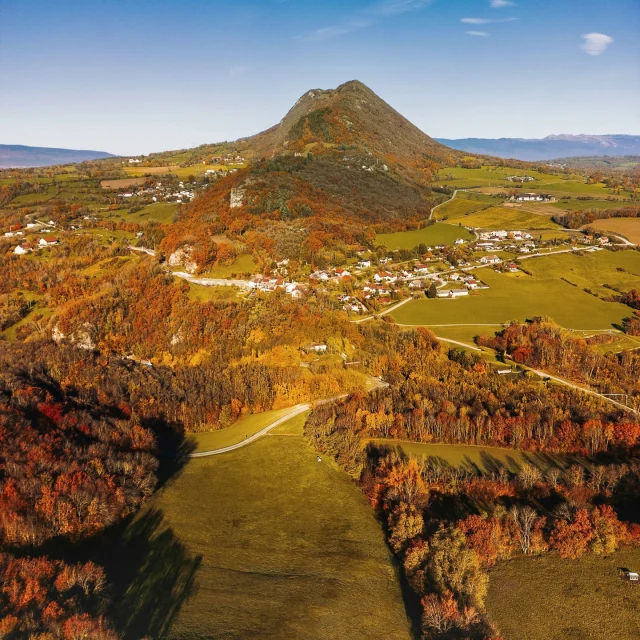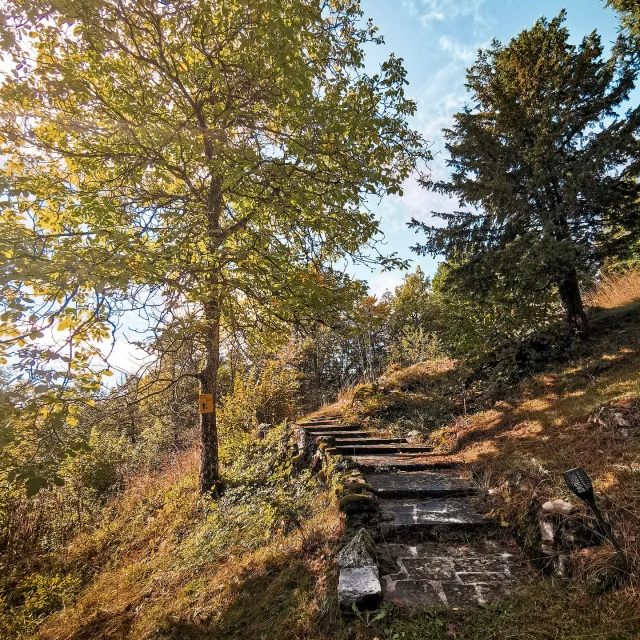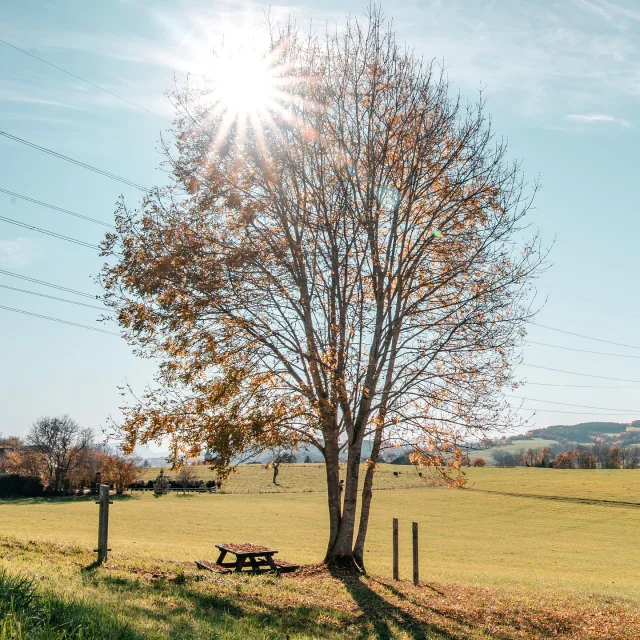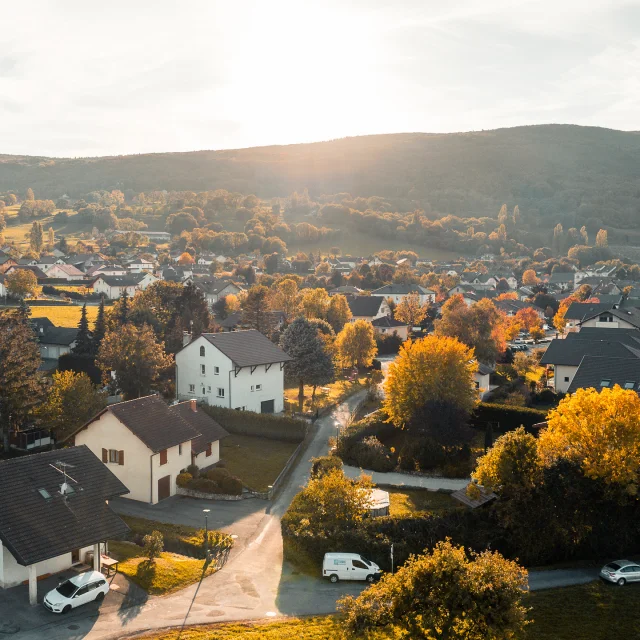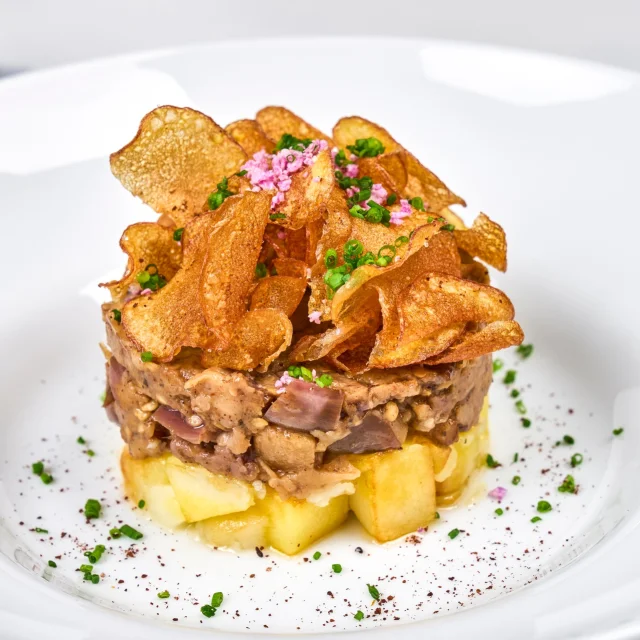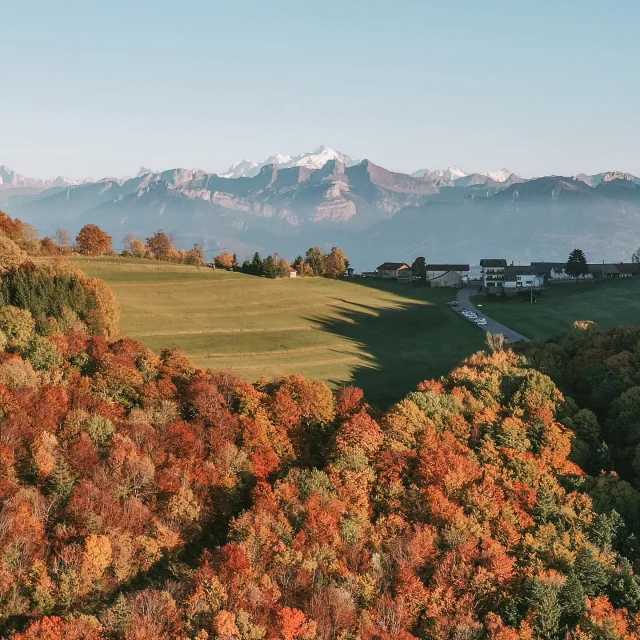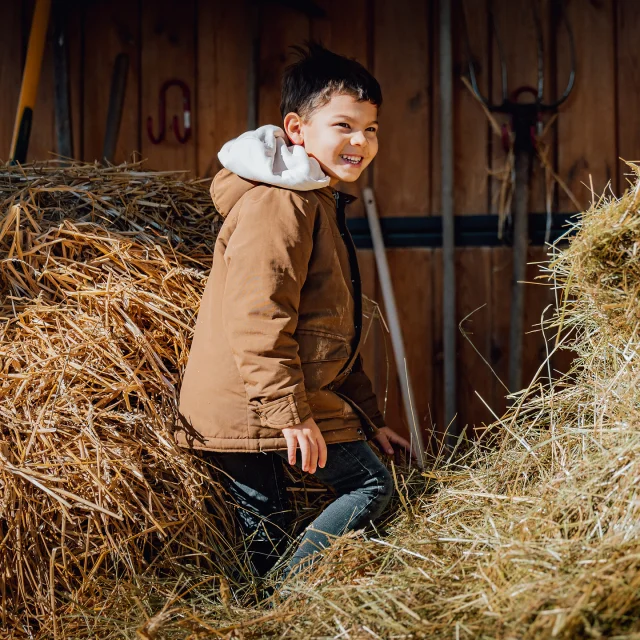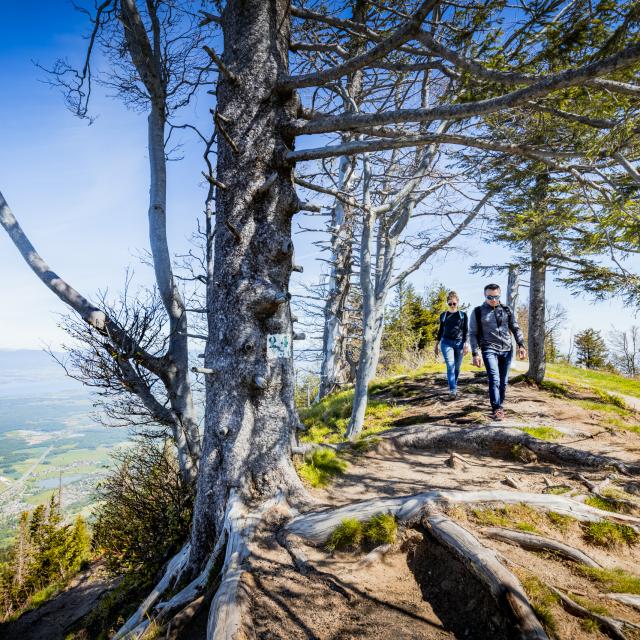Climbing most likely did not originate in Salève, but there’s an element of doubt there because 15,000 years ago, the very first homo sapien inhabitants of the Genevois region, who lived in the rock shelters at Pas de l’Echelle, had already mastered climbing in these mountains!
In actual fact, it seems that climbing was introduced in Salève in around 1862, thanks to a few pioneers from the Genevois region who defined routes in the Collonges, Etrembières and Bossey sectors. In the early 20th century, this trendy activity became increasingly popular and dozens of climbers came to the Salève mountain slopes. A hundred years later, Jean-Marie Boymond recorded almost 1,200 climbing routes in these mountains in his climbing guidebook published in 2023!
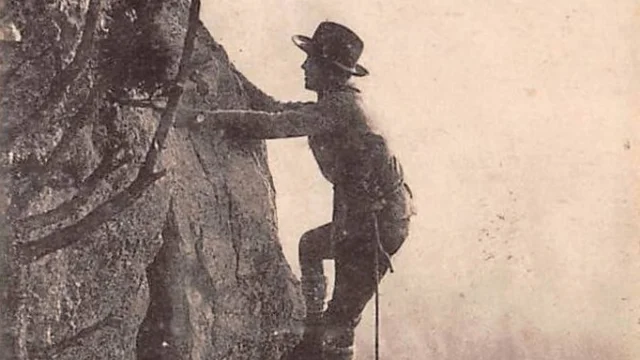 2. Passage Tricouni. Coll De
2. Passage Tricouni. Coll De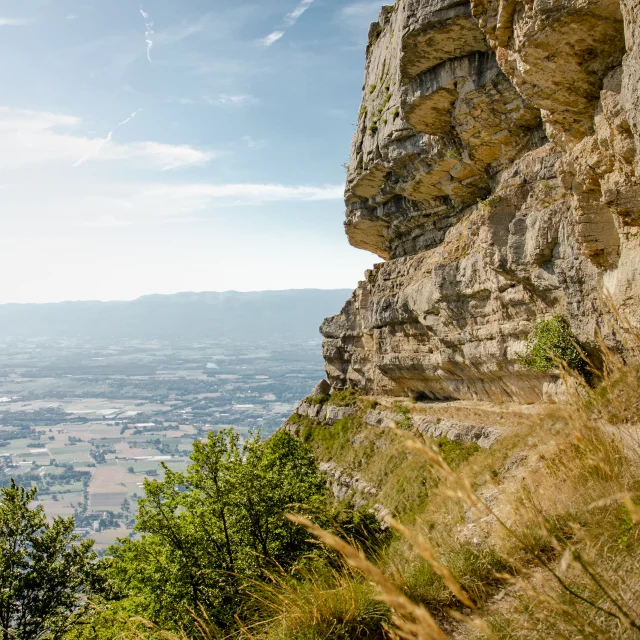 2022 07 15 Corraterie path 0125
2022 07 15 Corraterie path 0125The Salève is a modest peak, standing at a mere 1,379 metres, yet it is well-known in the world of mountaineering. In 1920, this mountain range was even behind the recognition of the word “varappe” – the name of a rocky corridor up above Collonges– in the Larousse dictionary, and also has close ties with conquests of Mont Blanc (1786) and Everest (1953). Impressive isn’t it?
The highest peak in Europe was reached thanks to Horace Bénédicte de Saussure, a scholar from the Genevois region who had learned the ropes, mountaineering in Salève. He was fascinated by Mont Blanc, and decided to offer a reward to the first person to reach the peak. This was achieved by crystal-maker Jacques Valmat on 8 August 1786, who took a doctor from Chamonix, Michel Paccard, with him. De Saussure climbed Mont Blanc himself a year later, accompanied by his valet and 18 guides. As for Everest, it was a Swiss expedition that managed to find the right path to the peak in 1952, led by Raymond Lambert and including mountaineers from the Genevois region who had trained in Salève. Lambert and his Sherpa Tensing Norgay were not the first to reach the highest peak in the world, stopping a mere 200 metres short of their goal. A year later, on 29 May 1953, Tensing reached the peak of Everest with New-Zealander Edmund Hillary. Finally, it’s also worth mentioning that it was in Salève in 1897 that the world’s first mountain rescue organisation was founded.
